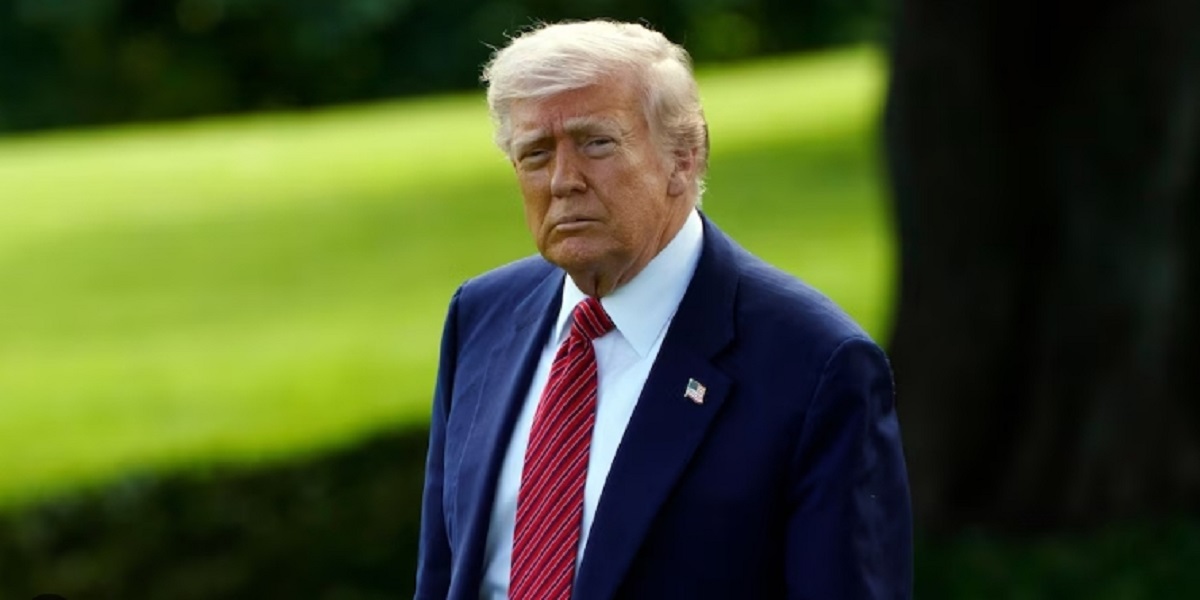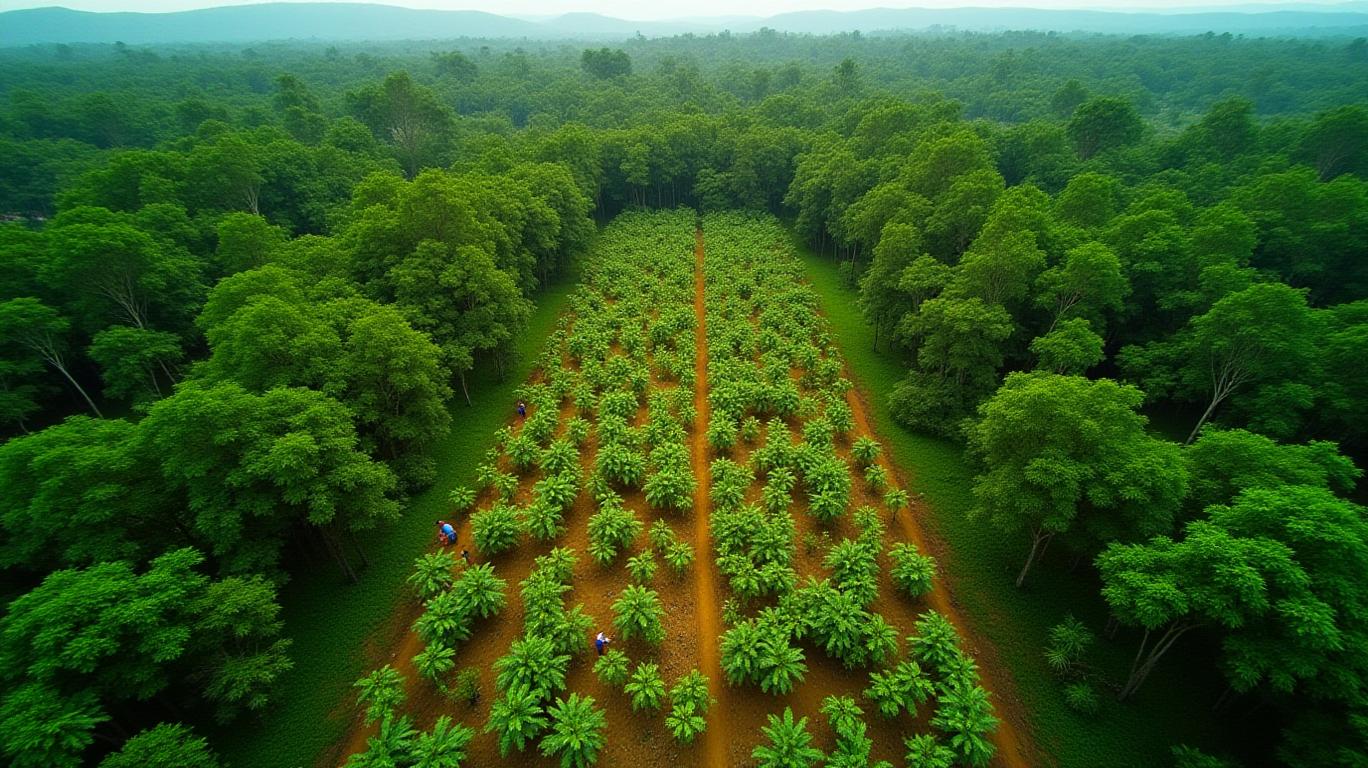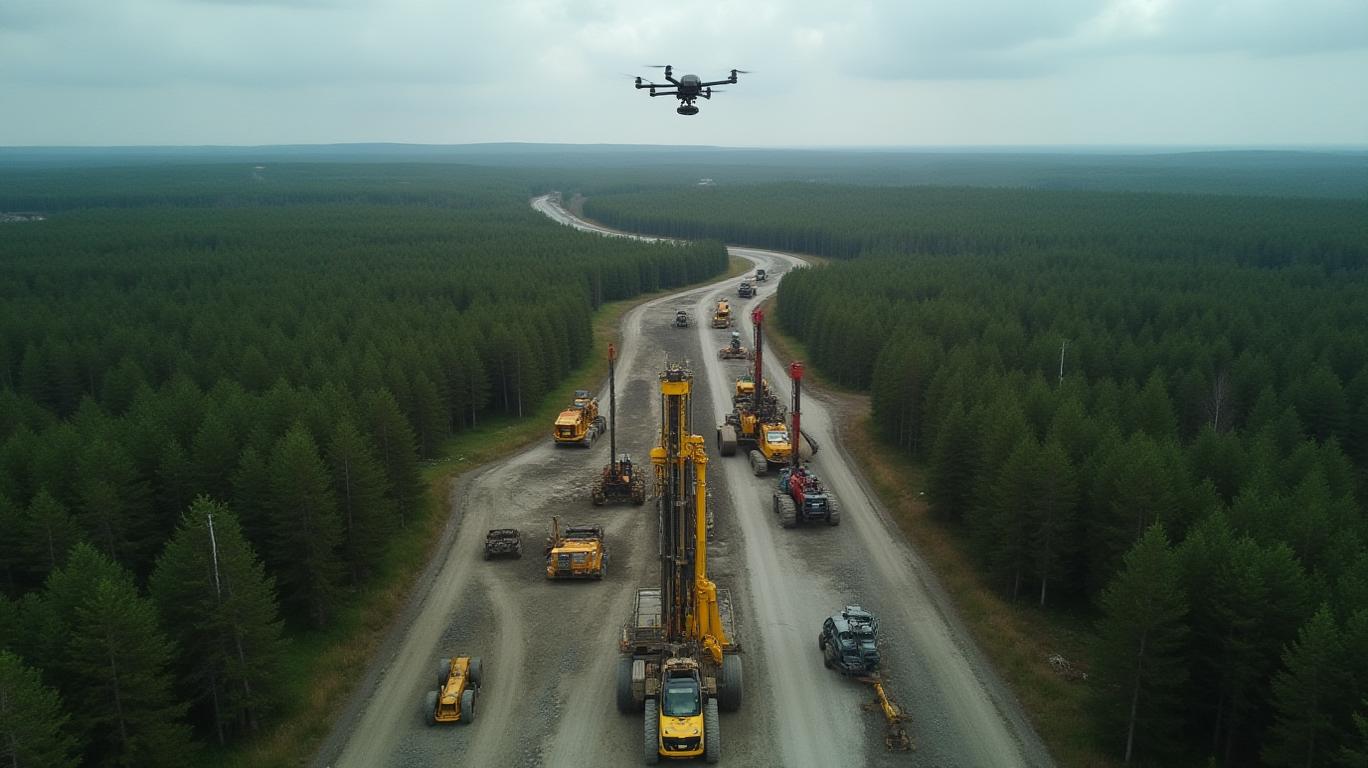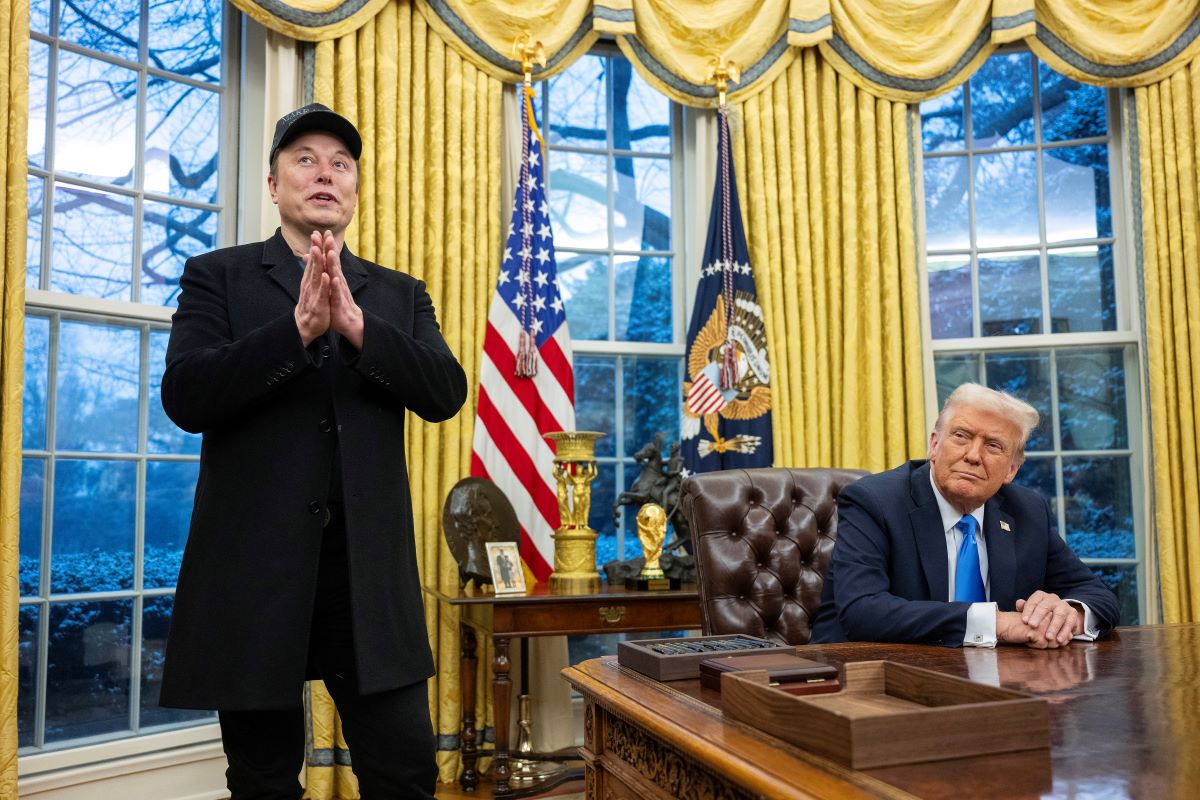The Amazon's New Frontier: How Everland and BNP Paribas Are Banking on Indigenous Stewardship to Save the Planet
The amazon rainforest, often called the “lungs of the Earth,” is the battleground for a new experiment in climate finance. This week, Everland and BNP Paribas announced a $50 million initiative to fund Indigenous-led forest conservation projects, blending private capital with environmental and social equity in a way that could redefine how the world tackles deforestation. The partnership aims to transform a $50 million down payment into a $1 billion climate solution over a decade—and it’s doing so by centering Indigenous communities as the primary decision-makers and beneficiaries.

The Blueprint: Carbon Credits, Jaguars, and Equity
The initiative’s core is a payment-for-performance outcome bond, which ties financial returns to measurable outcomes like reduced deforestation and carbon sequestration. Here’s how it works:
- $50 million upfront capital funds 20 community-led REDD+ (Reducing Emissions from Deforestation and Degradation) projects in the Amazon, all certified under the Equitable Earth Standard. This standard mandates Indigenous leadership, equitable revenue sharing, and rigorous scientific verification.
- Over 40 years, these projects are projected to generate over $1 billion in carbon credits, each representing one ton of CO₂ avoided. The first decade alone could yield $1 billion in sales to corporations seeking to offset emissions.
- Revenue is split equitably between communities, which can invest in healthcare, education, or land governance—directing funds to those who have stewarded forests for millennia.
The projects are also strategically aligned with the Jaguar Corridor Initiative, a biodiversity corridor spanning 7 million km² that Panthera identifies as critical for jaguar survival. Protecting these areas safeguards not only big cats but also Indigenous territories, creating a symbiotic relationship between species conservation and human rights.
The Financial Innovation: Outcome Bonds as Climate Tools
The bond structure is a radical departure from traditional climate finance. Unlike grants or loans, outcomes are paid only when conservation goals are met—a model that reduces risk for investors while ensuring accountability.
BNP Paribas, a pioneer in green bonds, is structuring the financing to attract institutional investors, while Everland handles project oversight and carbon credit sales. The bank’s involvement signals a shift in corporate sustainability strategies, prioritizing high-integrity projects that align with the Paris Agreement and biodiversity goals.
Risks and Realities: Can This Model Scale?
The initiative faces hurdles. Indigenous communities often lack formal land titles, making legal enforceability of contracts a challenge. Political instability in Brazil—where deforestation rates under President Lula’s administration have already begun to reverse decades of destruction—also looms large.
Yet the partnership’s emphasis on local leadership could be its strength. A 2023 study by the World Resources Institute found that Indigenous lands in the Amazon have deforestation rates 2-3 times lower than non-protected areas. By funneling capital directly to these communities, the bond aims to replicate that success at scale.
The Bottom Line: A New Standard for Climate Finance
Everland and BNP Paribas are betting that investors will pay a premium for verifiable, community-driven climate solutions. The $50 million initiative is a down payment on a model that could unlock billions in private capital for forest conservation—if it delivers.
The numbers are compelling: 20 projects, $1 billion in carbon credits, and 40 years of measurable outcomes. If successful, this could become the blueprint for climate finance, proving that equity and ecology are not trade-offs but interdependent goals.
In a world where climate pledges often outpace action, this partnership offers a tangible path forward—one that lets the Amazon breathe, jaguars roam, and Indigenous voices lead. The question now is whether Wall Street will follow them into the rainforest.
Conclusion
The Everland-BNP Paribas initiative is more than a financial experiment—it’s a paradigm shift. By tying $50 million in upfront capital to Indigenous-led conservation and carbon credit sales, it addresses two of climate finance’s most stubborn barriers: access to early-stage funding and ensuring equitable returns. With projections of over $1 billion in carbon credit revenue over a decade, the model could attract institutional investors seeking both ecological impact and financial returns.
Crucially, it aligns with global momentum: President Lula’s Amazon protection agenda, the Equitable Earth Standard’s rise as a high-integrity benchmark, and the growing demand for biodiversity-linked investments. If the first 20 projects meet their targets, this structure could become a template for scaling Indigenous stewardship worldwide. The Amazon’s survival—and the planet’s—may hinge on it.
Ask Aime: "BNP Paribas and Everland's $50M initiative for Amazon rainforest conservation aims to what over a decade?"










